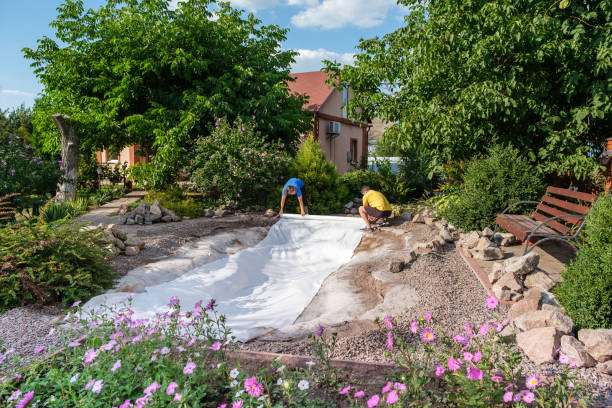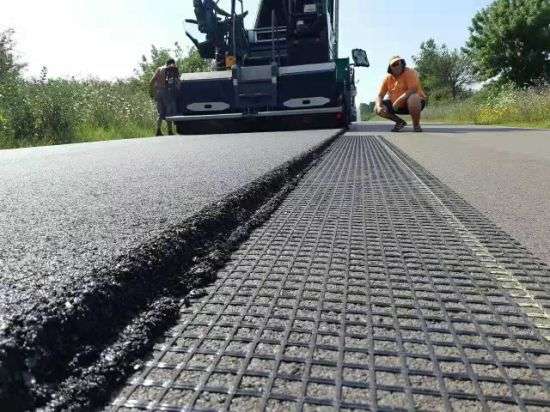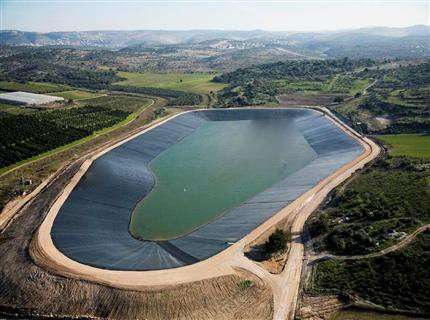
Blog

Jun 8,2023
What are the applications of geotextiles and how to select them for different projects?
Geotextiles are synthetic, porous fabrics used in various civil engineering and construction projects. They are made from synthetic materials such as polypropylene, polyester, or nylon and are known for their high strength, durability, and resistance to UV radiation and biological degradation.
Applications of Geotextiles
There are numerous beneficial applications of Geotextiles. Some of these are;
Soil reinforcement
One of the significant applications of geotextiles is to control erosion. When combined with other erosion control measures such as vegetation, geotextiles help stabilize the soil and prevent erosion on slopes, embankments, and other areas prone to decay.
the sturdiness of the structure
Geotextiles reinforce soil and stabilize structures such as retaining walls, foundations, and slopes. They are used to strengthen asphalt and other surfaces to improve their load-bearing capacity and extend their lifespan.
Help in the process of filtration.
Geotextiles are often used in filtration and filter out even fine particles from soil, water, and other materials; that is why geotextiles are also used in drainage, separation, and protection processes. This makes them useful in a variety of projects, including road construction, landfills, and
Considerations for the Selection of Geotextile
Many factors should be considered for selecting a Geotextile, such as the type of soil or other material being used, the climate and weather conditions, and the required strength and durability of the Geotextile. It is also important to consider industry standards and guidelines and the availability and cost of different types of geotextiles. Some other specifications are;
Performance
One method to select geotextiles for a project is to use the "performance-based specification" approach, which involves identifying the performance requirements of the Geotextile and selecting a product that meets or exceeds those requirements. This approach helps to ensure that the Geotextile is suitable for the intended application and will perform as expected.
Fabric
Other factors to consider when selecting geotextiles include the thickness and weight of the fabric, the spacing, and arrangement of the fibers, the type of fiber used, and the coatings or treatments applied to the material. It is also essential to consider the installation and maintenance requirements of the Geotextile, as well as any potential environmental impacts.
Laws
The selection and use of geotextiles are regulated in many countries, and it is essential to follow any relevant laws, regulations, and industry standards when using these materials in a project. This may involve obtaining permits or approvals or following specific guidelines for installation and use.
Proper installation is critical to geotextiles' performance and can help ensure they function as per requirements. Generally, there are a few guidelines to be followed when installing Geotextile. some are;
Placement
it is crucial to carefully plan the order of the Geotextile to ensure that it is properly aligned and positioned. The Geotextile should be untwined smoothly without wrinkles or folds; otherwise, the fabric's effectiveness can be compromised.
Tie up Securely
It is essential to properly anchor the Geotextile in place using stakes, anchors, or other fasteners to secure the fabric to the ground or on different surfaces. Sometimes a combination of anchors is used to ensure the Geotextile is adequately secured.
Protection
The protection of Geotextile from damage is essential during and after installation. This may involve covering the fabric with a layer of soil or other materials and using protective barriers to prevent damage from machinery or other sources.
Careful installation
Proper installation of geotextiles is another pivotal factor in yielding the maximum benefits, so it is essential to follow these guidelines and recommendations provided by the supplier and producer of Geotextiles.
A few other points are worth mentioning here;
Firstly, it is essential to remember that geotextiles are often used with other materials and technologies to achieve the desired performance and functionality. For example, geotextiles may be combined with geogrids or geonets to provide additional reinforcement or drainage capabilities.
Secondly, it is worth knowing that geotextiles are not a one-size-fits-all solution, and different types of geotextiles may be more suitable for various applications and soil conditions. For example, nonwoven geotextiles are often used for filtration and separation applications, while woven geotextiles are more commonly used for reinforcement and erosion control.
Furthermore, it is essential to consider the potential environmental impacts of using geotextiles. Some geotextiles are made from synthetic materials that may not be biodegradable or may release microplastics when they break down. Selecting environmentally friendly geotextiles made from materials safe for the intended application is essential.
Finally, it is worth mentioning that using geotextiles has its challenges and limitations. For example, geotextiles can be prone to clogging and may require frequent maintenance to maintain their effectiveness. Despite many challenges, geotextiles have proven to be a valuable tool in various civil engineering and construction projects, and their use is likely to continue to grow.







